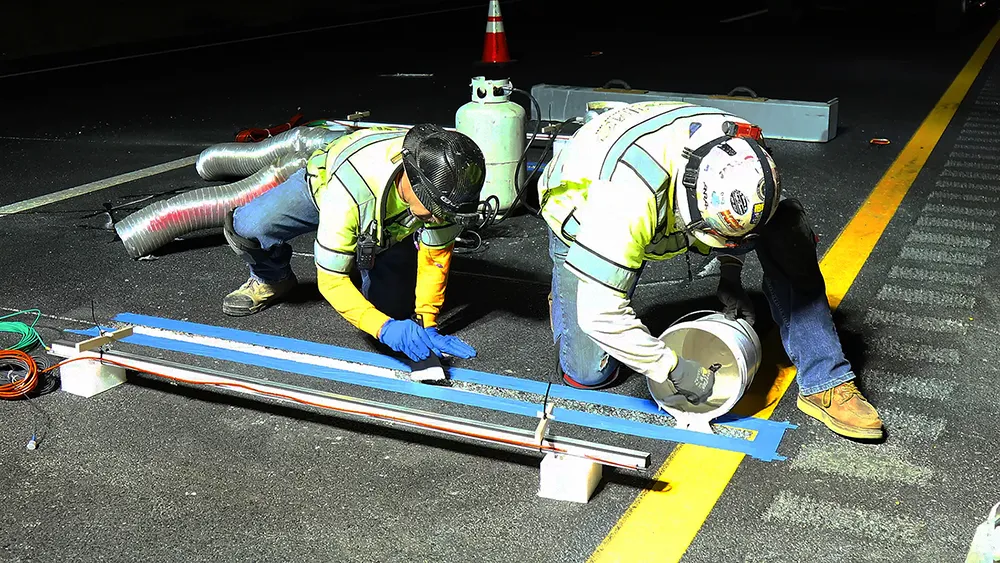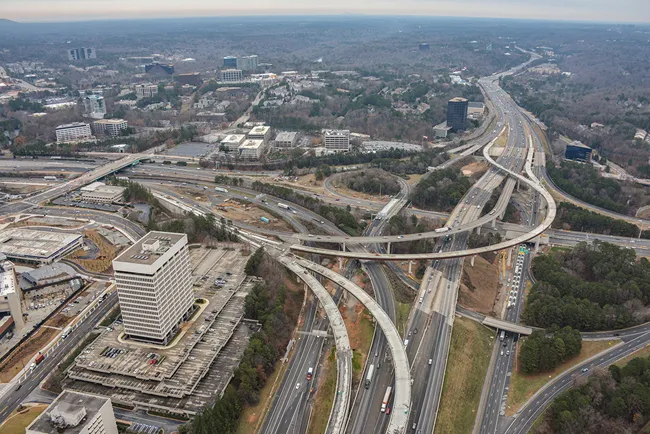
The Pacific Coast Highway AMS Project is a critical element of the Caltrans Dynamic Corridor Congestion Management programme. Several US cities are implementing a DCCM programme which looks at major transport arteries, including rail and public transport, as a connected whole and not individual routes.
The Caltrans project will use Sensys Network’s IoT Platform and SNAPS software to obtain performance measures on the arterials, including level-of-service, travel-time reliability and intersection queue length.
The IoT Platform will provide real-time assessments of the arterial system performance and enable signal timing changes to accommodate unforeseen events on the adjacent freeway or the arterial system.
Also, the system will broadcast recommended routes and predictive travel times to roadway users.
“The CalTrans AMS programme is an example of Sensys Networks enabling Smart City solutions to deliver measurable benefits to the traveling public,” said Amine Haoui, chief executive of Sensys Networks.








